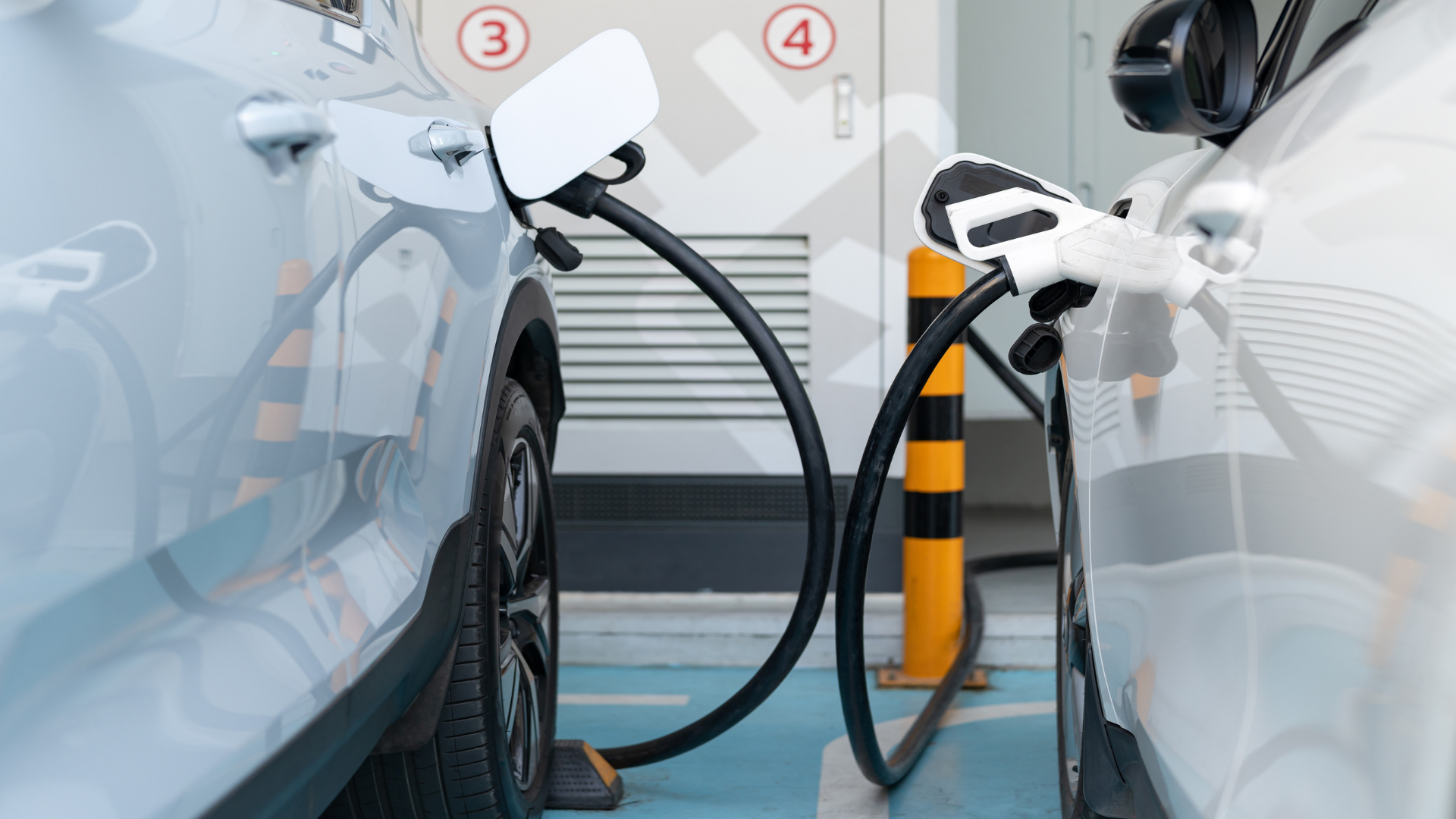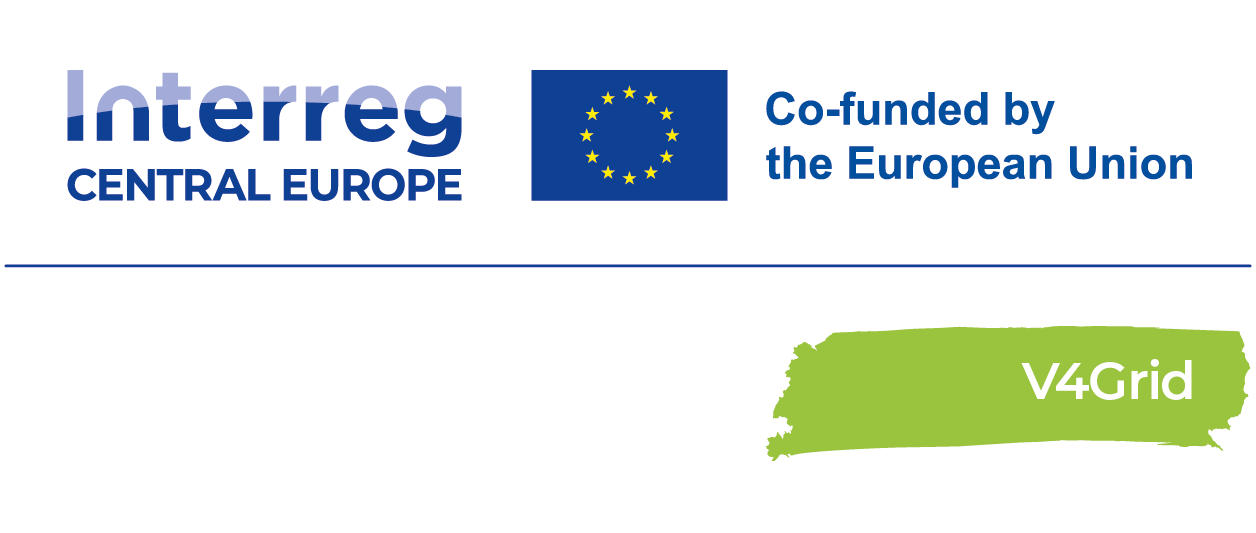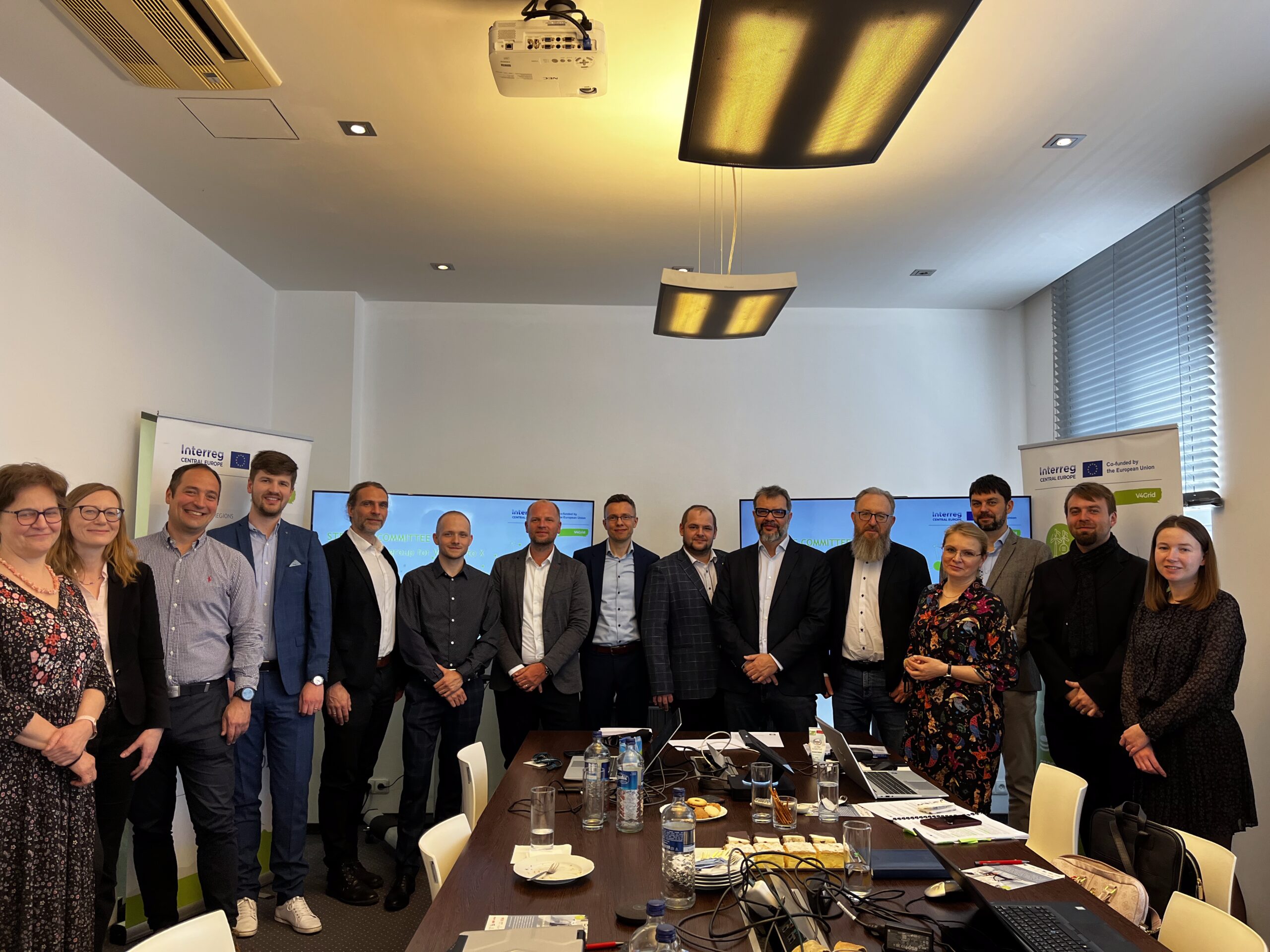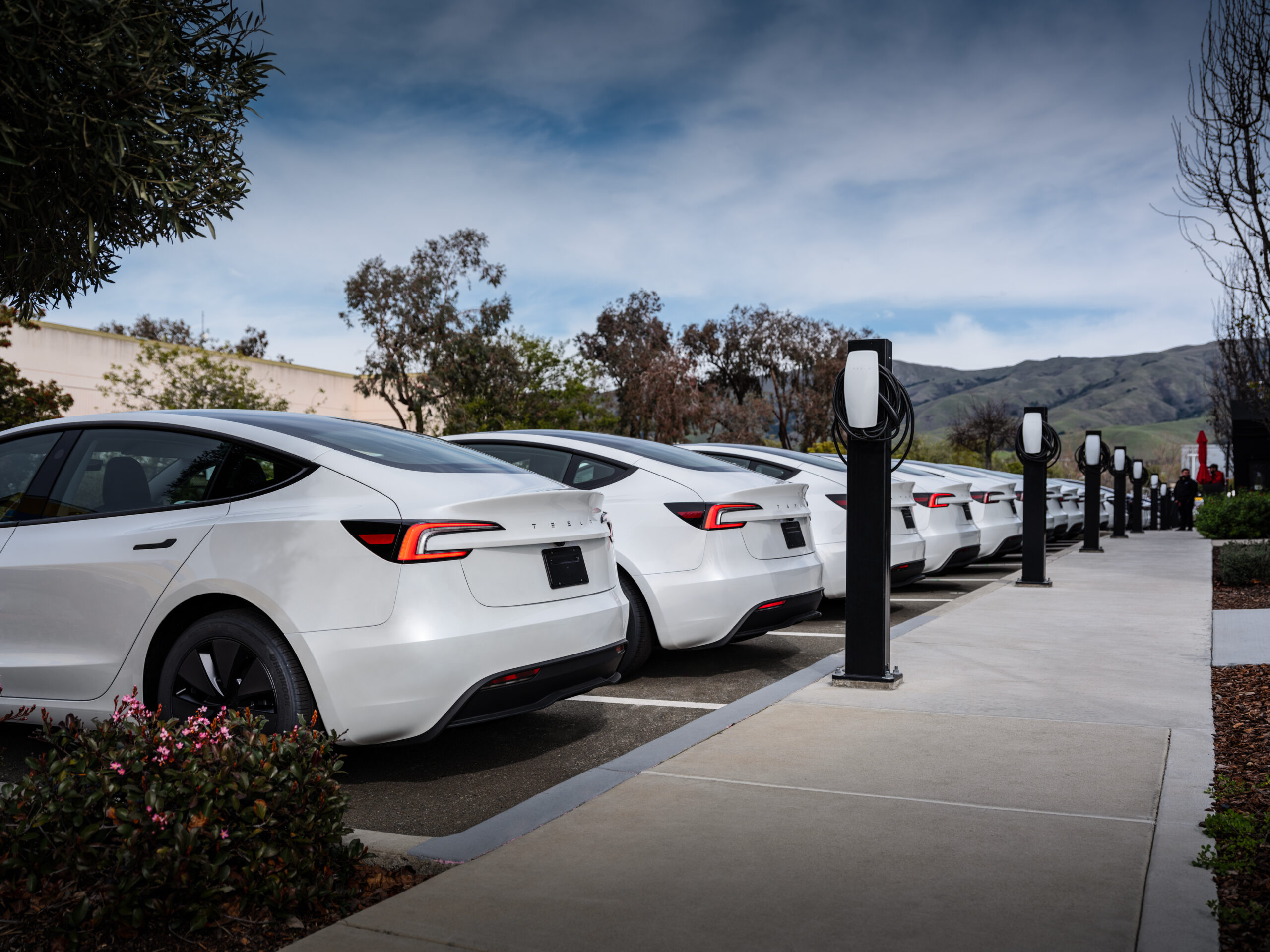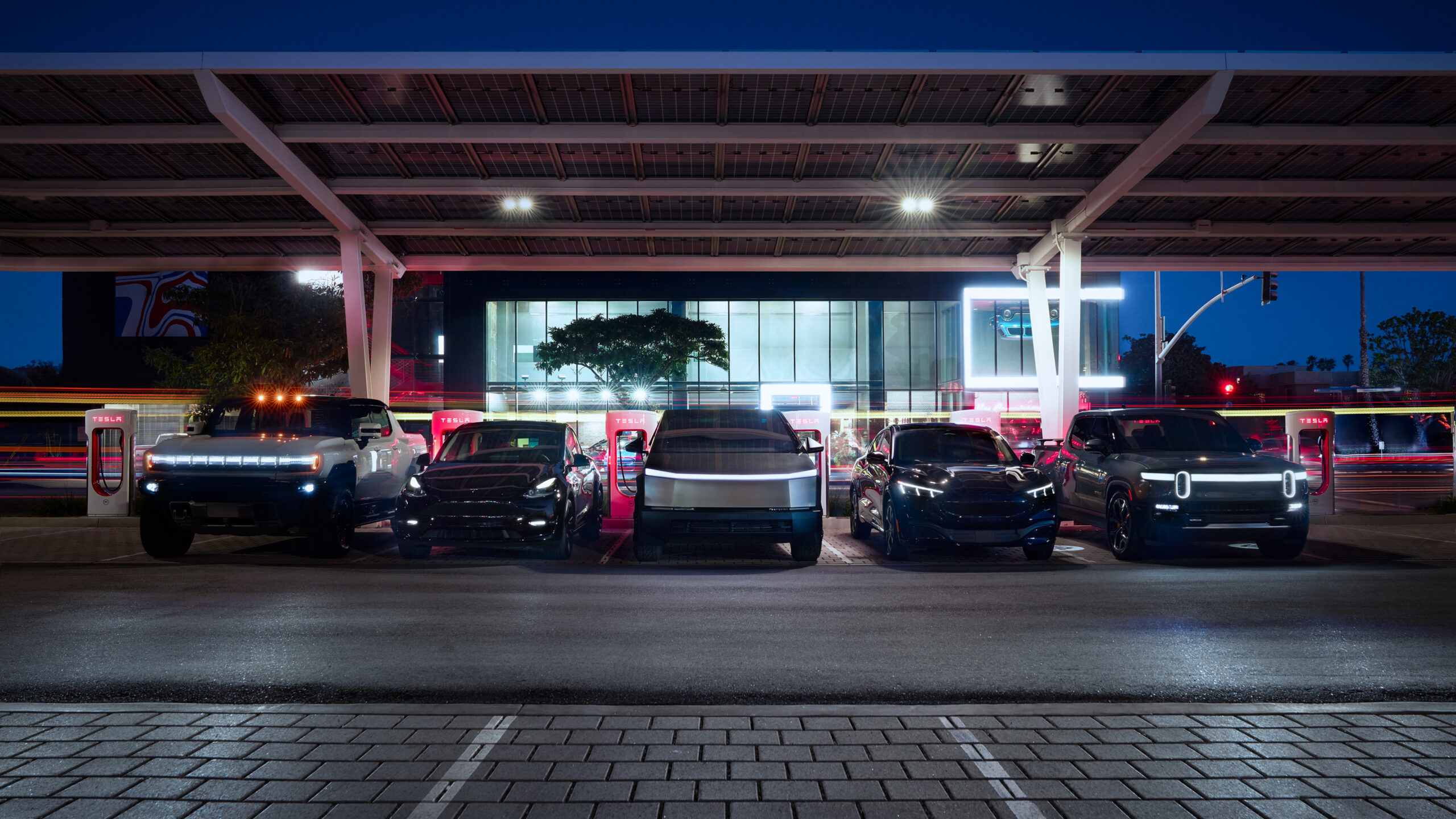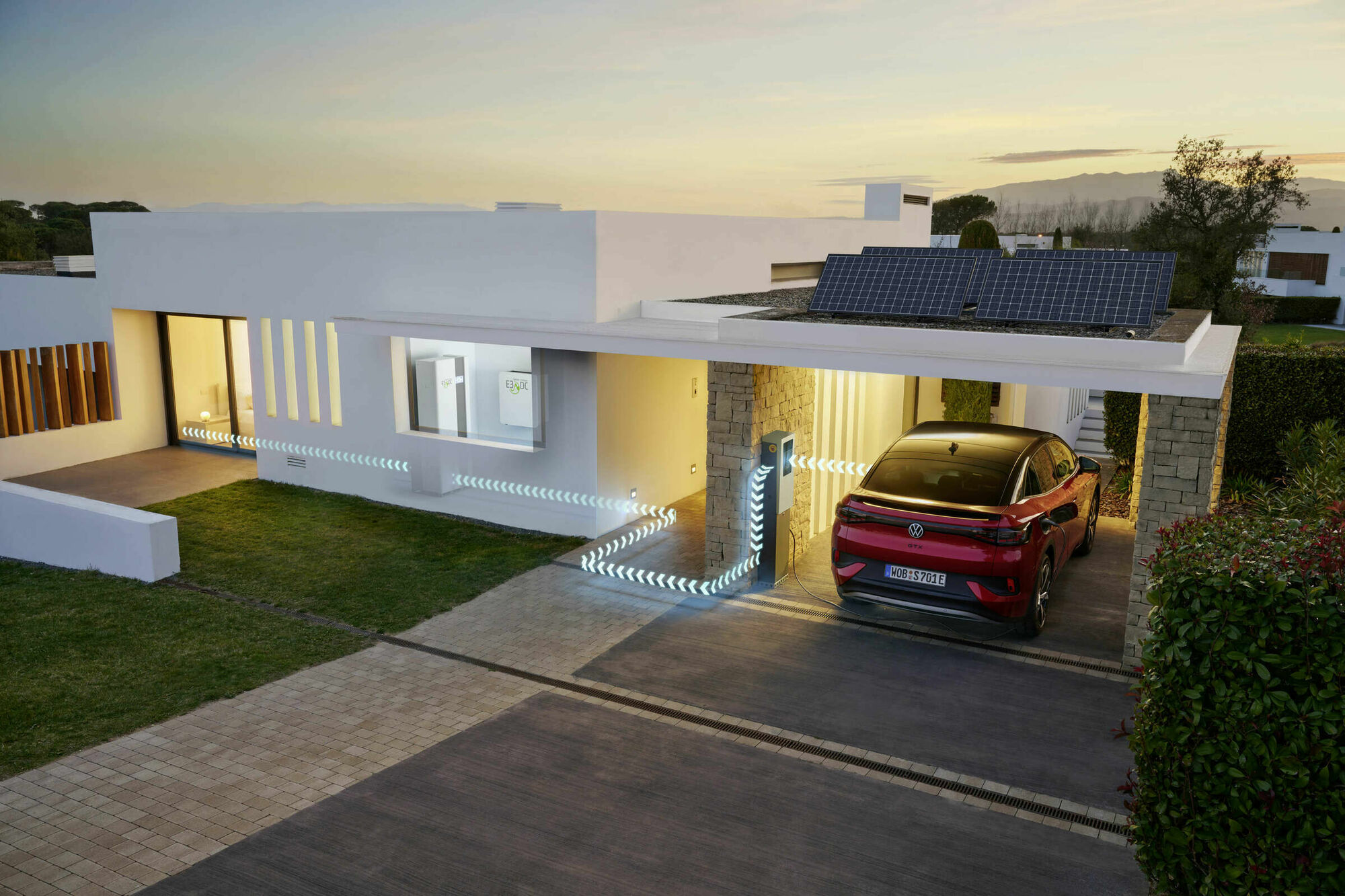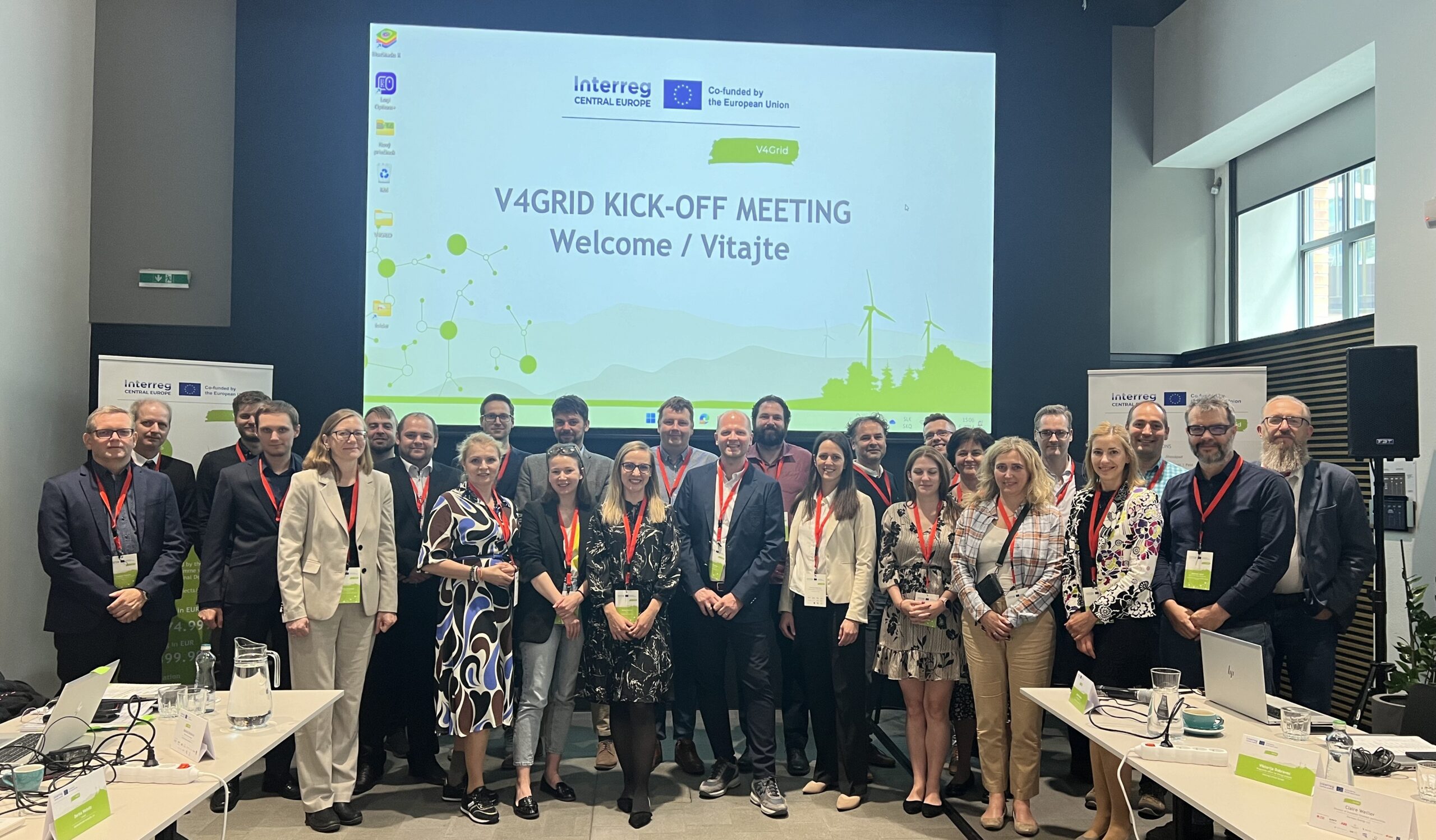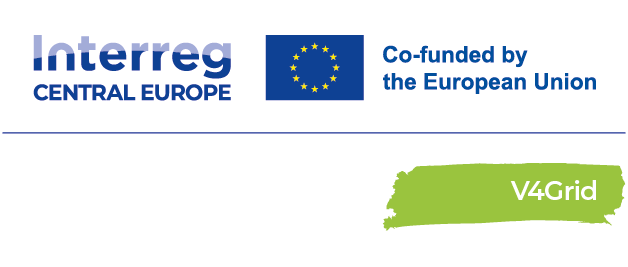Project overview
The Visegrad group for Vehicle to X
The transformation of our energy systems to renewable energies poses many challenges. One challenge is that renewable energy fluctuates largely over time and needs to be balanced to match demand. The Vehicle-to-Everything (V2X) technology offers a solution by allowing cars to draw energy from the grid to recharge their battery. Or send it back to the grid. The V4Grid project addresses regulatory challenges and a lack of understanding of this technology. The partners pilot V2X chargers in seven regions and develop policy recommendations to inform public authorities about V2X potentials.
-
2,37m €
-
Project Budget
-
80%
-
of the Budget is funded by ERDF
-
4
-
Countries
-
8
-
Regions
-
11
-
Partners
-
2
-
Pilots
Duration
Start date
End date
Project progress
About the project
Project partnership
Project partners

Lead partner
Západoslovenská energetika, a.s.
E-mobility department
Project partner
Department of electric power engineering/Faculty of electrical engineering and Informatics
E-mobility department
KEZO Research Center Energy Conversion and Renewable Sources
60-501 Poznań
Roadmap
WHY
As we transition to a sustainable future, the demand for clean energy is rising. However, the challenge lies in managing fluctuations in energy supply, with its regular peaks and low periods. Our solution is to harness the significant capacity of electric vehicle batteries to store and distribute energy, improving grid stability and supporting a more efficient use of renewable energy. Our goal is to develop a system where V2X technology supports the efficient use of renewable energy sources and helps build a more reliable, sustainable energy infrastructure for the future.
WHO
The V4Grid project involves 11 partners from four Central European countries: Poland, Hungary, the Czech Republic, and Slovakia. Each partner brings unique expertise in areas such as energy management, data analysis, solar energy, and electric vehicle infrastructure.
WHAT
The project will deploy 18 V2X chargers across 15 pilot locations in various regions, tailored to the strengths and conditions of each partner. The aim is to test three key technologies: Vehicle to Grid (V2G), Vehicle to Building (V2B), and Vehicle to Home (V2H). These use-cases leverage EV batteries as flexible storage to ensure grid stabilization, enhance the efficient use of renewable energy, and reduce reliance on the grid.
PLAN
Our goal is to transform and improve the energy sector by integrating electric vehicles into the grid. As 11 partners from various sectors, we will: Collect and analyze data to understand how EVs can support grid stabilization and renewable energy integration. Define specific use cases based on the data of current situation and needs. Collaborate with hardware providers to identify the best bi-directional chargers for testing. Gather data from our testing to predict future impacts and scalability. Engage with local authorities to create supportive regulatory frameworks. Raise awareness about the benefits of V2X technology. These steps will help us build a cleaner, more sustainable energy system, with EVs and renewable energy at its core.
IMPACT
For EV owners and homeowners, V2X technology helps lower energy bills by using stored energy during peak periods and providing reliable backup power. It maximizes the use of solar energy by storing excess power in the EV, reducing reliance on the grid, and increases the overall value of the EV by turning it into an energy storage solution. For commercial buildings, V2X offers cost savings by charging during off-peak hours and using stored energy during peak periods, enhancing energy flexibility. It also ensures business continuity by providing backup power. On a larger scale, V2X supports grid stability by supplying energy during peak demand, increasing the use of renewable energy, and decentralizing the power system. This creates a more resilient, sustainable, and cost-effective energy network.
News
Events
No events found
Outputs
Vehicle-to-Grid use case
Vehicle-to-Building use case
Vehicle-to-Home use case
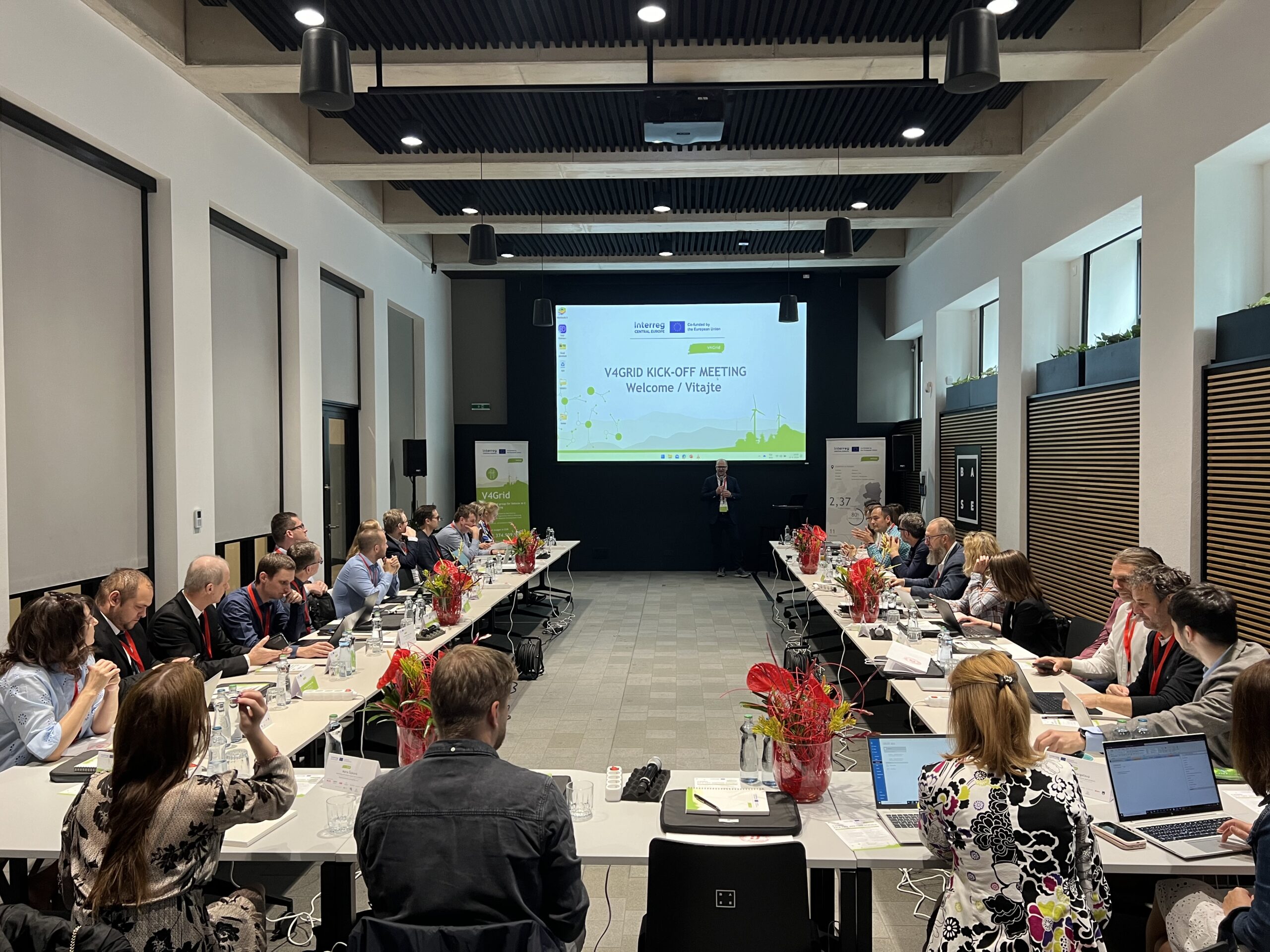
Collaboration Across Borders
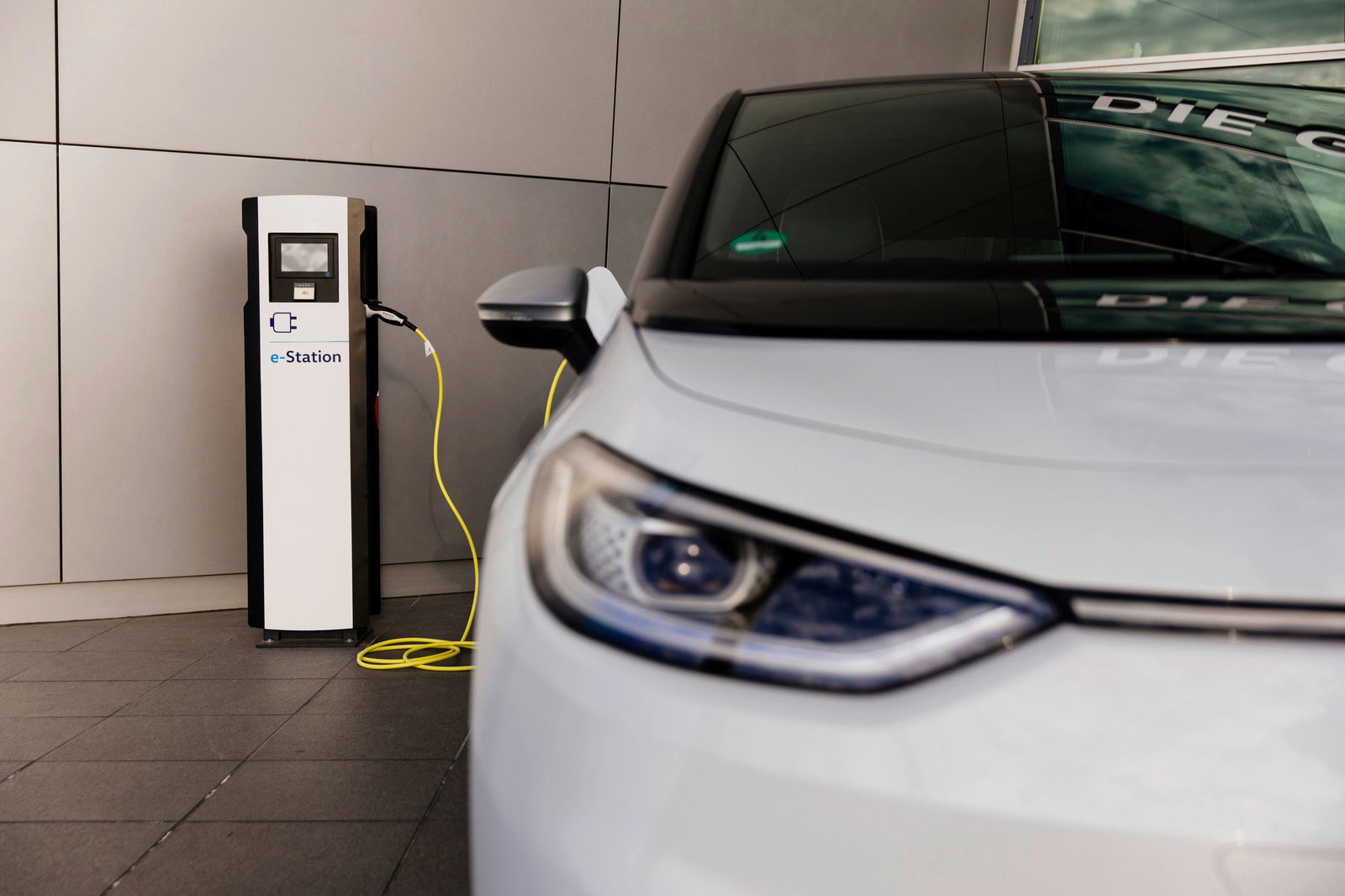
Defining Key Benefits and Goals
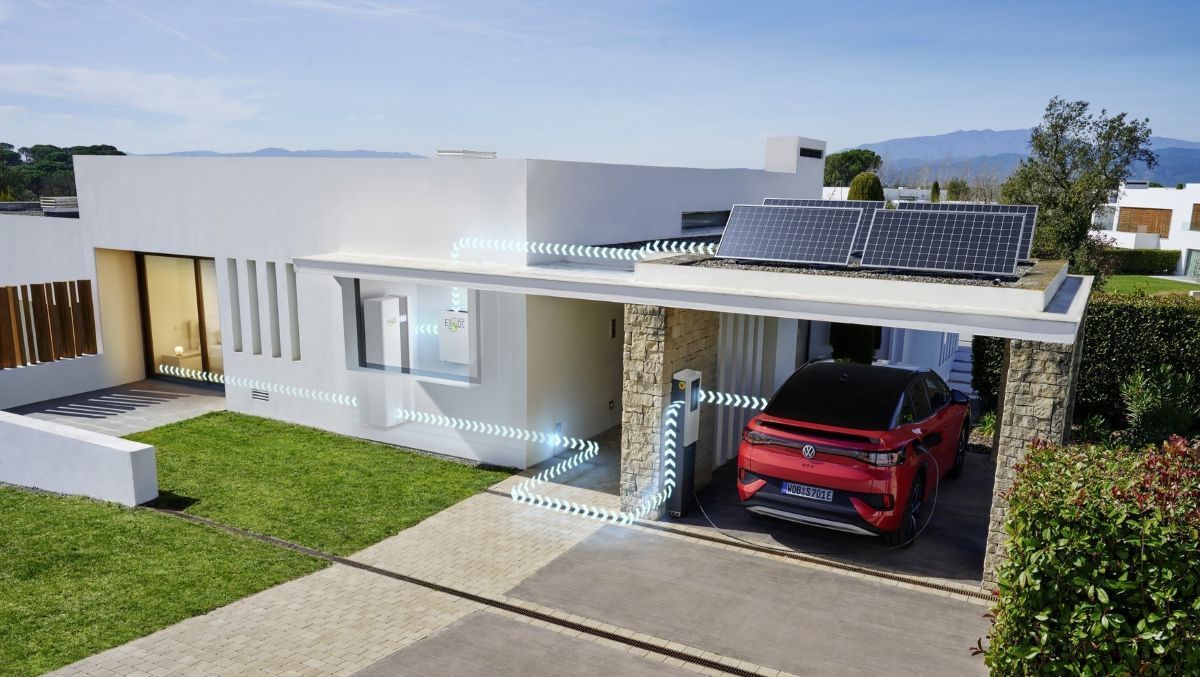
First Period Completed: Strategic Path for V2X Adoption
V4Grid
The project lead partner is responsible for the content of this project website.
